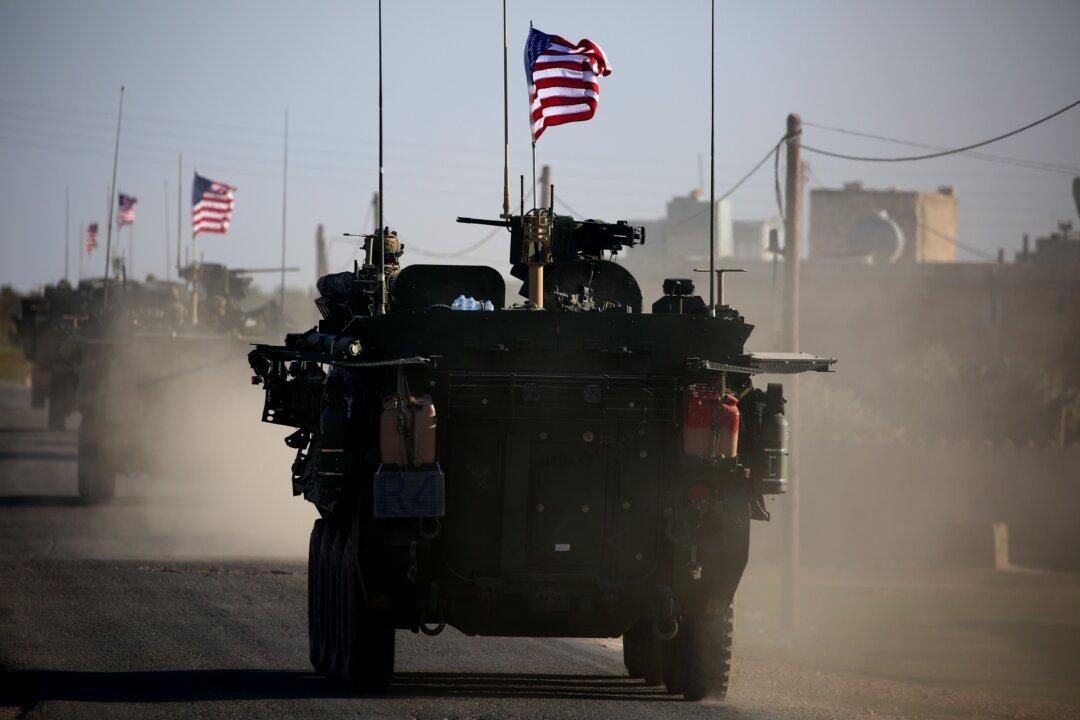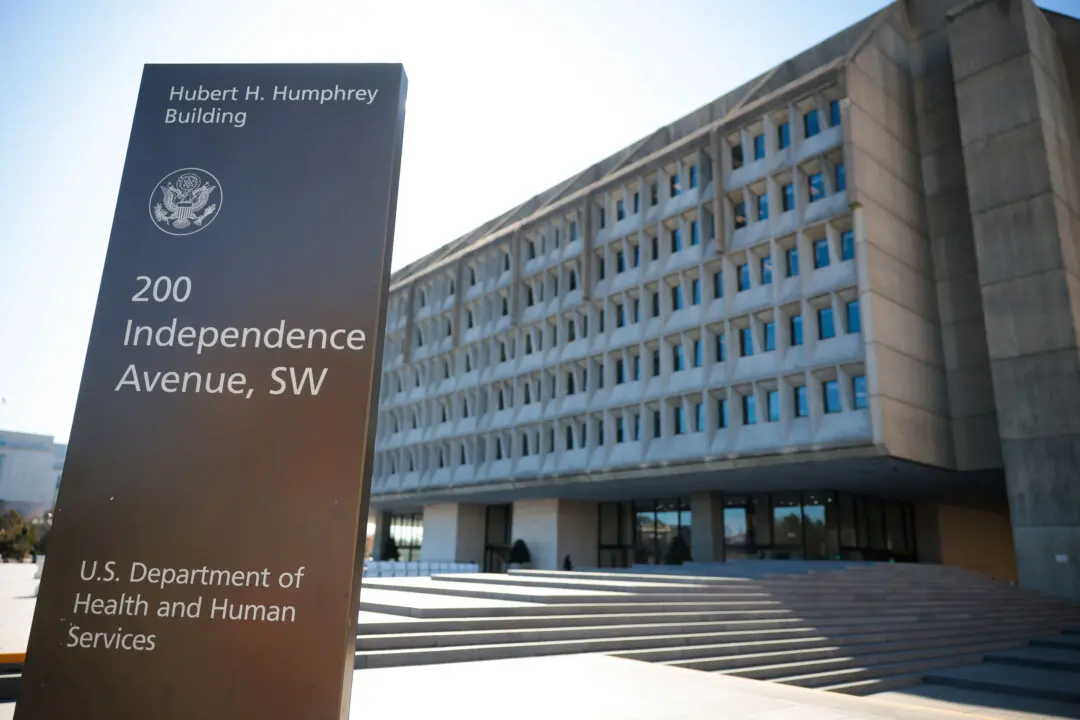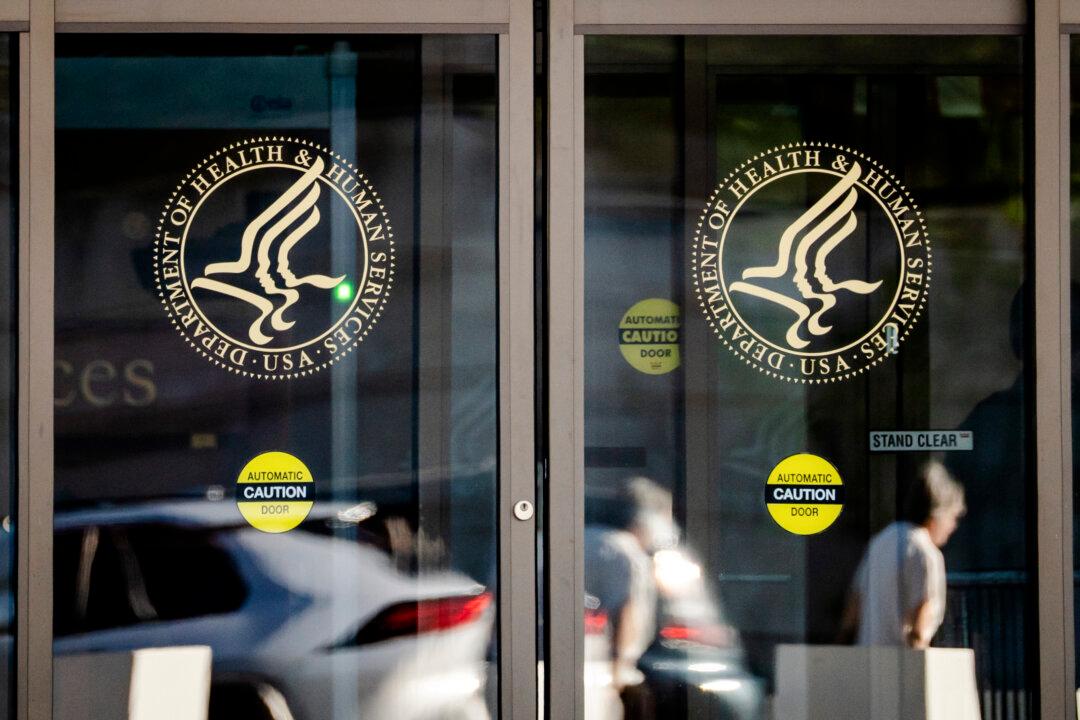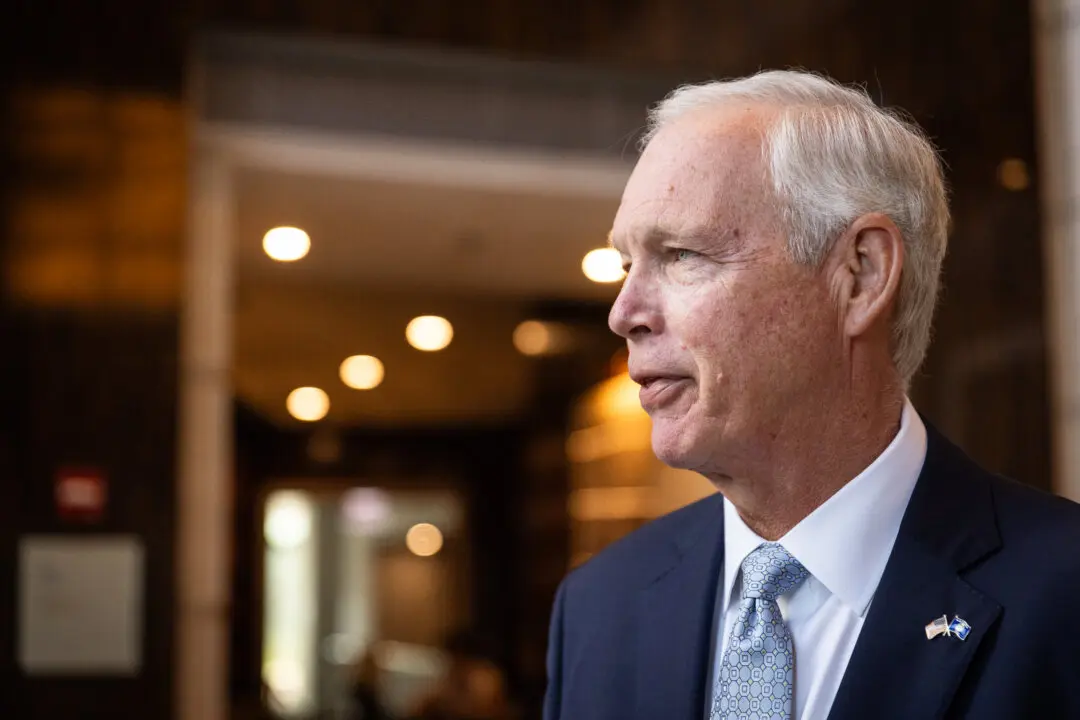President Donald Trump will leave 200 American troops in Syria, the White House said on Feb. 21.
The United States began operations in the country in late 2014 to try and eradicate ISIS, the Islamist terrorist group, and under Trump decimated large parts of the organization, prompting the president in December 2018 to announce American troops would be leaving the country.





